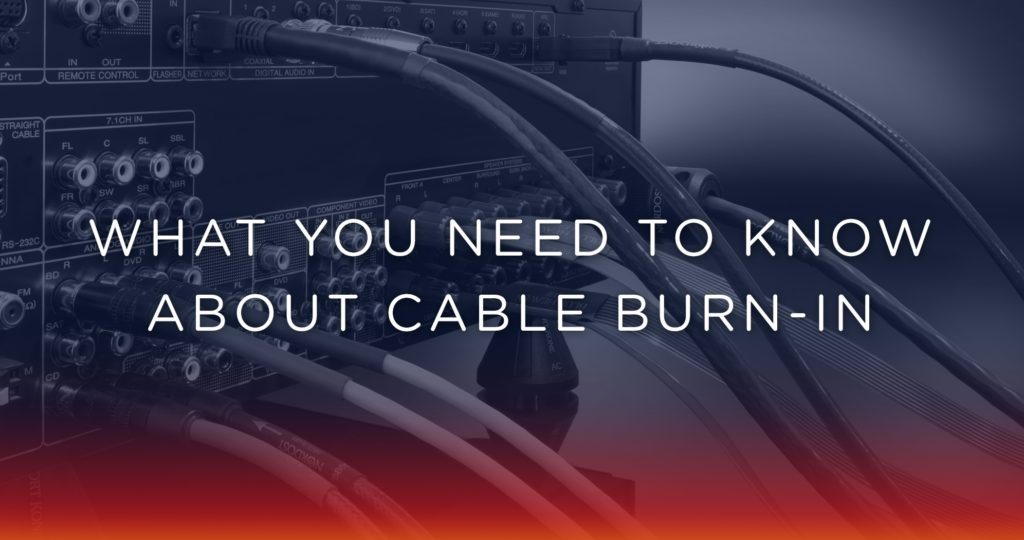
Q: Why do you need to burn-in cables?
A: During the manufacturing process, as insulation is extruded over the conductors, gases can become trapped. This, combined with the high electrical charges often found in new cables, can result in a brittle and bright sound that lacks the detail and depth desired for music reproduction. When cables are burned-in, the trapped gases are dissipated and small impurities in the conductors’ metal begin to act like a diode, favoring current flow in a particular direction.
Q: What changes are audible in a system when cables are properly burned-in?
A: Your system will be capable of producing a fuller and more natural sounding performance. You may also notice an increase in the detail and nuance in the music, as well as a greatly improved dimensionality in your system’s soundstage.
Q: How is using a designated burn-in machine better than using your system to naturally burn-in your cables?
A: Naturally burning-in cables within your system takes an extremely long period of constant play time. Additionally, the music that we listen to can never expose cables to the complexity of signal or the frequencies that a burn-in machine is capable of.
Q: How often should you burn-in your cables?
A: Minimally, you should burn-in your new cables when they are first purchased. However, if cables are left unused for a prolonged period of time they become stagnant and should be reconditioned accordingly. Even through everyday cable use, electrical equipment experiences current leakage, imparting a charge onto your cables. By having your cables treated with a burn-in machine, you are conditioning them and allowing the charges to neutralize once again.

Any experience using the Cable Cooker to burn in Valhalla Phono?